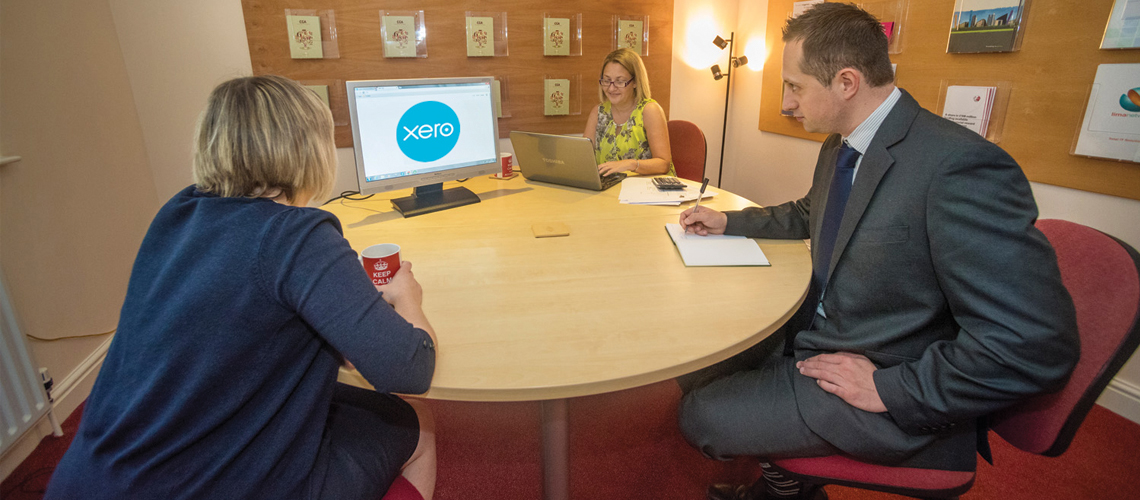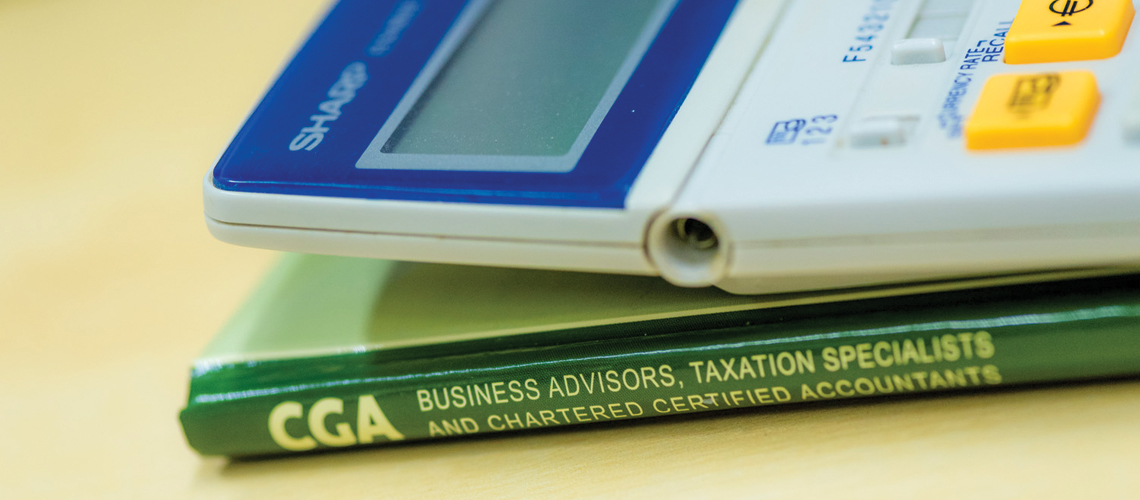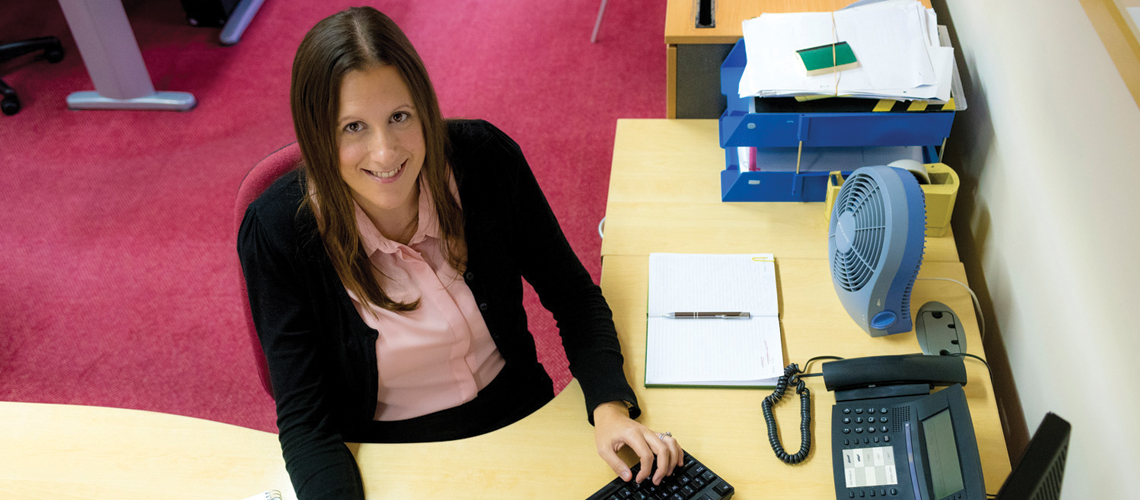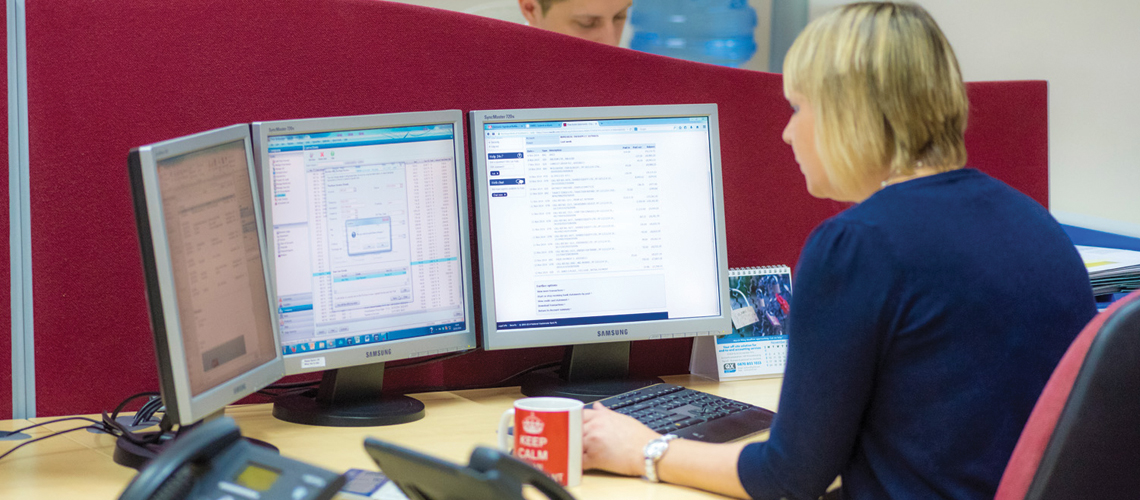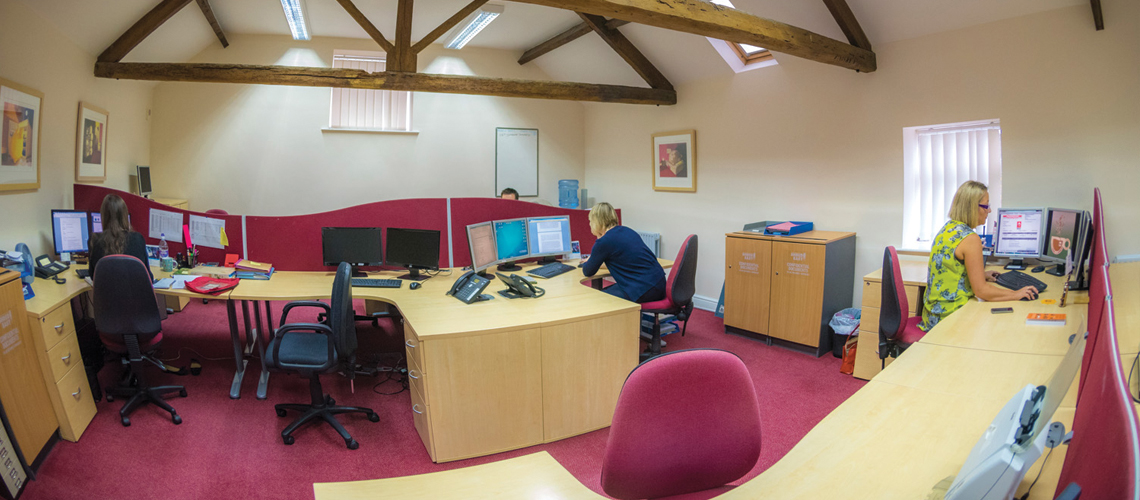This is the 3rd attempt at setting a date for the introduction of these changes and as it stands at the moment this date will not be changed.
It applies only to VAT-registered businesses who are supplying/receiving services that are reported under CIS.
In other words, it applies to services supplied between the majority of construction sub-contractors and contractors in the UK.
If your CIS business is the recipient of construction services, and receives an invoice with the reverse charge applied, then you account for the VAT amount as part of your overall input tax, as if you’ve charged it to yourself.
If your business is not VAT registered then the reverse charge cannot be applied to you, and standard VAT rules apply for the supplier (so they will charge you the VAT and account for it as usual).
If you’re not VAT registered, you should make it clear to the supplier in writing.
Crucially, reverse charges do not contribute to a company’s potential VAT threshold. So if you aren’t registered for VAT then any attempt to apply the reverse charge will not push you over the limit.
Notably, the reverse charge also doesn’t apply to end users, such as the people who use a building that’s been constructed by the provided services, and nor does it apply to some of those connected to them, such as landlords or tenants.
For sake of clarity, HMRC says the VAT reverse charge for construction doesn’t apply to sub-contractors unless the answer to all of the following questions is positive:
- Are any of the supplies you are making within the scope of the CIS?
- Is the supply standard or reduced-rated?
- Is your customer VAT registered?
- Will your payment be reported under CIS?
- Are you sure the customer is not an end user?
Introduction of the VAT domestic reverse charge for construction
Many businesses use VAT payments from customers as a source of working capital before sending the funds to HMRC.
But from 1 March 2021, VAT cash will no longer flow between VAT registered businesses involved in the construction industry.
The UK government is rolling out a reverse charge initiative aimed at tackling fraud totalling millions of pounds per year.
This is caused when suppliers or ‘subcontractors’ charge main contractors VAT but ‘disappear’ before passing sums on to HMRC.
The VAT reverse charge rules apply to suppliers of specified services, reported under the CIS.
The changes also apply to goods, where those supplies are provided alongside services specified in the CIS. This will see many more businesses affected than first thought.
It is anticipated that the businesses most directly affected by the building and construction legislation will be those which supply services to main contractors, or that operate through recruitment agencies or umbrella companies.
How does the domestic reverse charge work?
Suppliers will no longer be required to charge or receive VAT from their main contractor customers.
Instead, main contractors will effectively charge themselves VAT on subcontractors’ services, and pay the VAT sums that would have been paid to the subcontractor direct to HMRC in their VAT returns.
From 1 March 2021, for impacted suppliers, subcontractors will need to issue domestic reverse charge VAT invoices to main contractors, which must include wording that reverse VAT rules apply and that the customer must account for the VAT.
This requirement applies through the supply chain until main contractors sell to end users (clients) who do not sell on services.
The new arrangements will only apply to:
- Individuals or businesses registered for VAT in the UK, which sell to other VAT-registered businesses
- Entities that provide services specified under CIS. These include the construction, renovation and demolition of structures; painting and decorating, as well as services such as heating, ventilation and air conditioning.
The arrangements do not apply to businesses providing other support services such as surveying, architecture and consultancy; machinery, drilling or extraction, and the installation of security systems.
HMRC covers a full breakdown of services are that are included and exempt under CIS.
Check when you must use the VAT reverse charge for building and construction services
When you must use the reverse charge
You must use the reverse charge for the following services:
- constructing, altering, repairing, extending, demolishing or dismantling buildings or structures (whether permanent or not), including offshore installation services
- constructing, altering, repairing, extending, demolishing of any works forming, or planned to form, part of the land, including (in particular) walls, roadworks, power lines, electronic communications equipment, aircraft runways, railways, inland waterways, docks and harbours, pipelines, reservoirs, water mains, wells, sewers, industrial plant and installations for purposes of land drainage, coast protection or defence
- installing heating, lighting, air-conditioning, ventilation, power supply, drainage, sanitation, water supply or fire protection systems in any building or structure
- internal cleaning of buildings and structures, so far as carried out in the course of their construction, alteration, repair, extension or restoration
- painting or decorating the inside or the external surfaces of any building or structure
- services which form an integral part of, or are part of the preparation or completion of the services described above – including site clearance, earth-moving, excavation, tunnelling and boring, laying of foundations, erection of scaffolding, site restoration, landscaping and the provision of roadways and other access works
When you must not use the reverse charge
Do not use the charge for the following services, when supplied on their own:
- drilling for, or extracting, oil or natural gas
- extracting minerals (using underground or surface working) and tunnelling, boring, or construction of underground works, for this purpose
- manufacturing building or engineering components or equipment, materials, plant or machinery, or delivering any of these to site
- manufacturing components for heating, lighting, air-conditioning, ventilation, power supply, drainage, sanitation, water supply or fire protection systems, or delivering any of these to site
- the professional work of architects or surveyors, or of building, engineering, interior or exterior decoration and landscape consultants
- making, installing and repairing art works such as sculptures, murals and other items that are purely artistic signwriting and erecting, installing and repairing signboards and advertisements
- installing seating, blinds and shutters
- installing security systems, including burglar alarms, closed circuit television and public address systems
Flowchart to help you decide whether to apply normal vat rules or to apply the domestic reverse charge
Flowchart for businesses receiving building and construction services to check whether normal VAT rules or the domestic reverse charge applies
Supplier checks
A builder selling construction services must first be sure that his customer is both CIS and VAT registered.
It is recommended that the customer’s VAT number is checked by using HMRC’s new VAT number checker service. It might be worthwhile making this check an annual task, just in case the customer has deregistered during the year, perhaps due to reduced turnover.
A potential difficulty is when the customer is in the process of applying for a VAT number from HMRC. In this situation, you should consider the advice given in VAT Notice 735, para 9.3.2, which is to request a 20% advance deposit from the customer to cover the potential output tax liability if things go wrong.
The HMRC guidance advises: “Any deposit taken in these circumstances can be refunded when they can show evidence that they’ve got their VAT registration number.”
Customer checks
The challenge is to make sure that reasonable steps have been taken to check a customer is bona fide. A lot of this process comes down to common sense. If your client is doing business with a new customer, a due diligence process should have been carried out as part of the commercial decision to take on that customer.
HMRC has confirmed that a builder who has been deliberately misled by a customer but has taken reasonable steps to check their credibility will not be held responsible for underpaid output tax. The ‘reasonable steps’ issue is well-summarised by para 9.3.1 of VAT Notice 735.
Three points to remember
There are three priorities for those who are buying in building services from March onwards.
- Incorrectly charged VAT – Make sure that you are not charged VAT by a builder when the reverse charge should apply. You can still claim input tax in Box 4 but HMRC has the power to assess output tax for the same amount, as if the reverse charge had been carried out correctly.
- Nature of work -Check that the work comes within the scope of the CIS and that the supplier is providing building services, but is not an employment business which is only making a supply of staff rather than construction services. Supplies by an employment business are subject to normal VAT rules.
- End user or intermediary supplier -The final check is for customers to advise their builders before work starts if they qualify as either an ‘end user’ or ‘intermediary supplier’ for any of the work in question, as I explained in Domestic Reverse Charge: The final countdown for builders.
Conclusion
As with many issues in tax, advance planning is the key to reducing the risk of errors.
- make sure your accounting systems and software can deal with the reverse charge
- consider whether the change will impact your cash flow
- make sure all your staff who are responsible for VAT accounting are familiar with the reverse charge and how it will work
The aim of the new rules is to reduce the incidence of VAT fraud in the construction industry – don’t play into the hands of the fraudsters by having weak checking procedures.







